Here’s the secret to beautiful chord progressions on the piano: inversions.
Chord inversions may seem intimidating to new piano players, but they’re worth learning, I promise. And instead of memorizing a bunch of inversions (boring!), we’ll show you the magic of inversions through an exercise that sounds good and is fun to play.
Table of Contents:
Inspiring tutorials. Fascinating articles. Exclusive interviews. We create piano content anyone, anywhere can enjoy for free. Don’t miss out, sign up for more free lessons.
For this exercise, we’ll be using the following chord progression:
Am – G – C – F
But we won’t play standard triads. Instead, we’ll voice each chord like this:
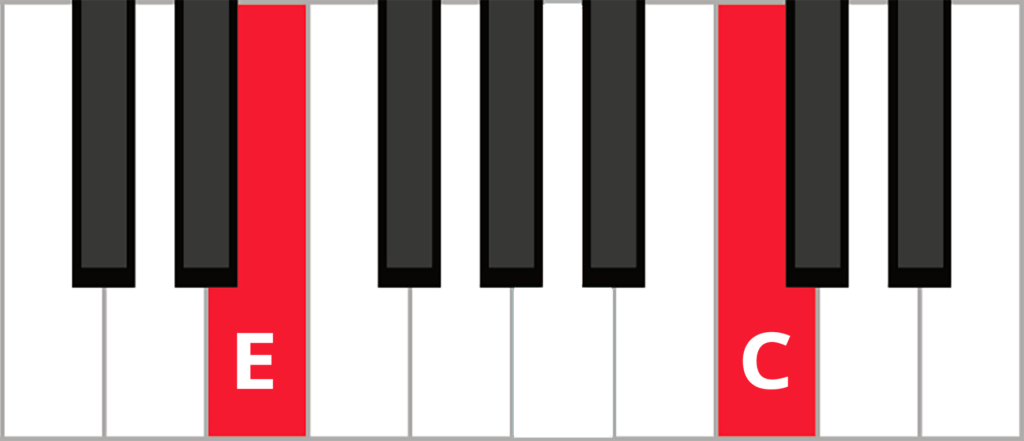
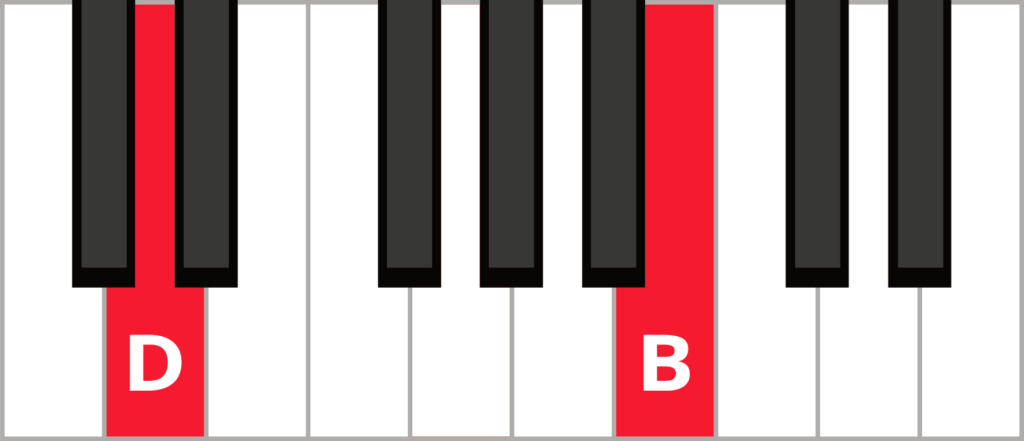

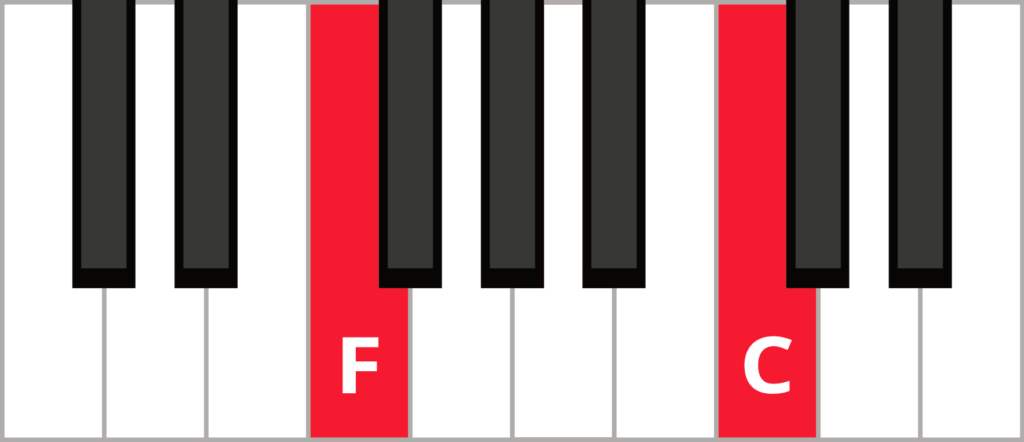
With your left hand, play the root notes of each chord:
A – G – C – F
Okay, let me explain how this works.
Inversions are when we shuffle the order of the notes in a chord stack. There’s a method to this: the first inversion of a C major triad is when we flip C to the top, making E-G-C. And the second inversion of a C major triad is another flip, making G-C-E.
Here are all the chords and their inversions:
Root
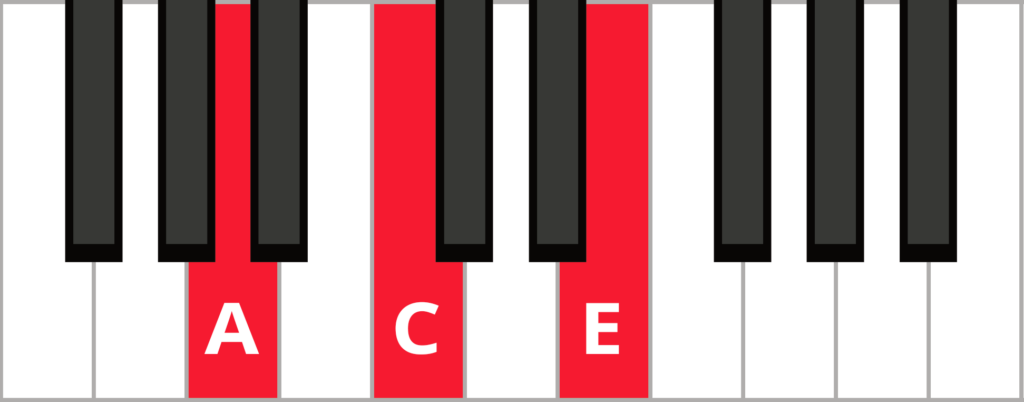
1st Inversion
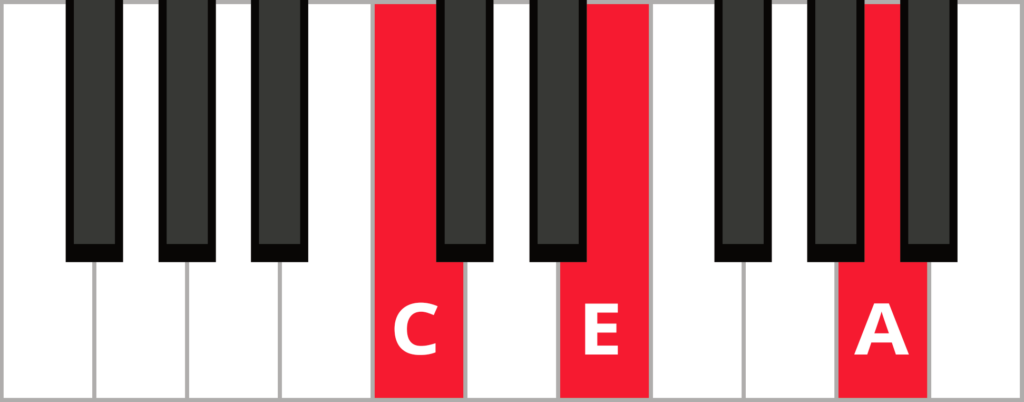
2nd Inversion
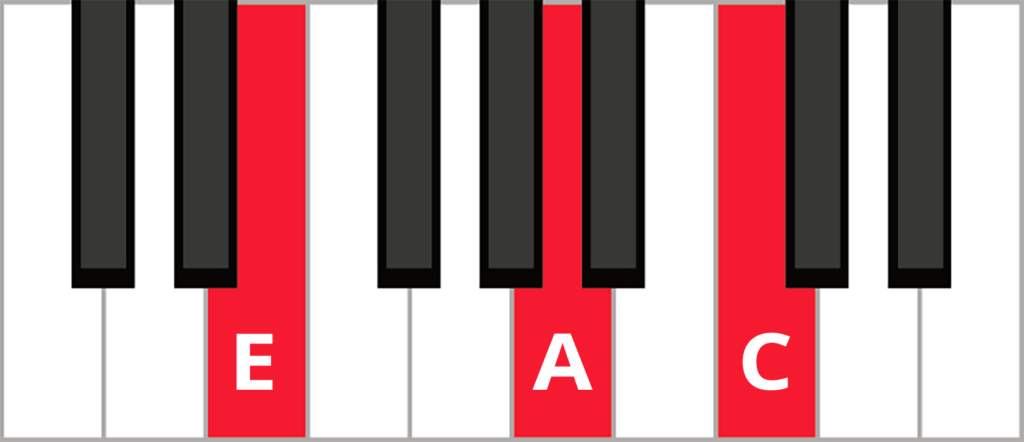
Root
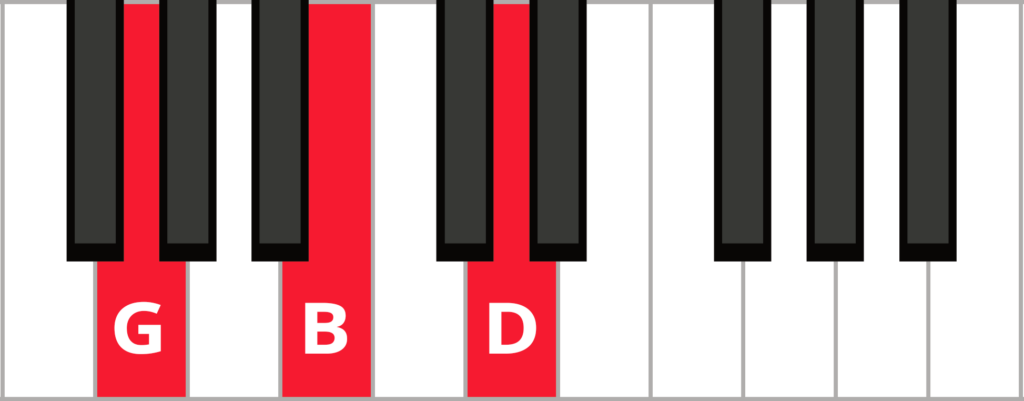
1st Inversion
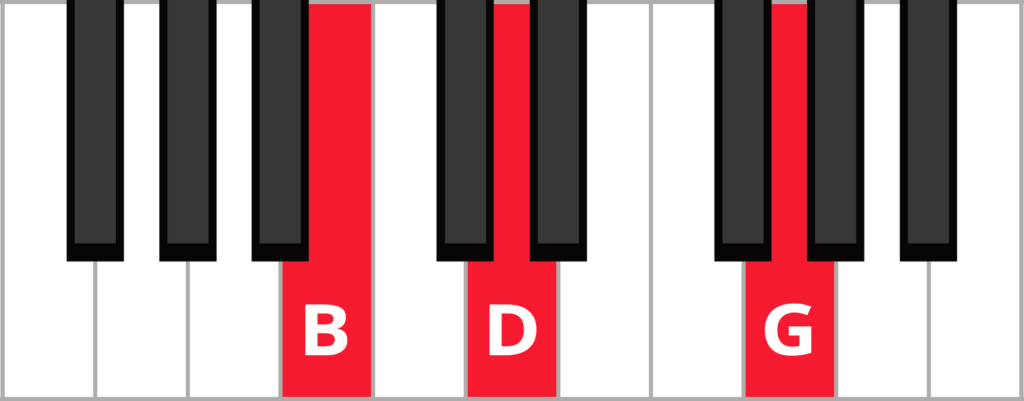
2nd Inversion
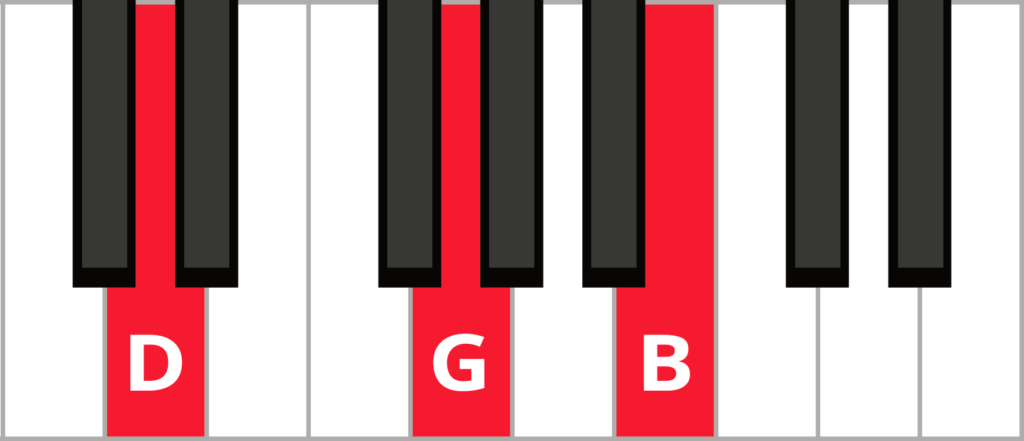
Root
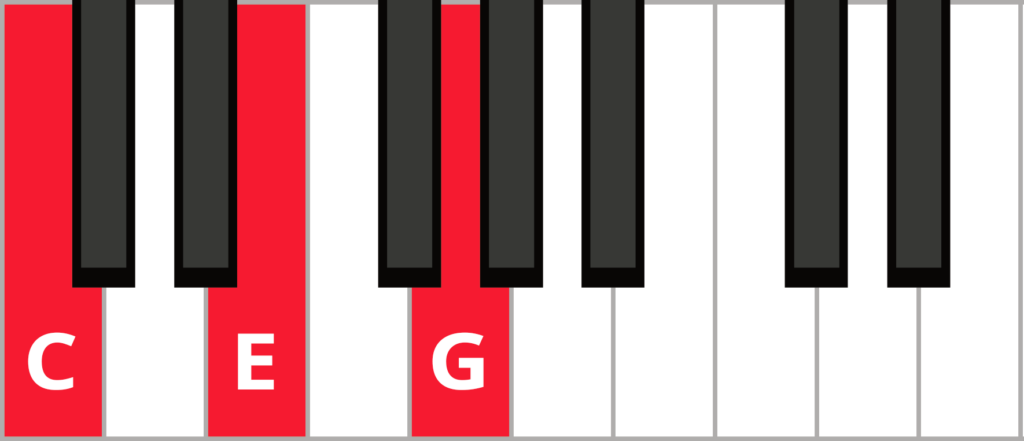
1st Inversion
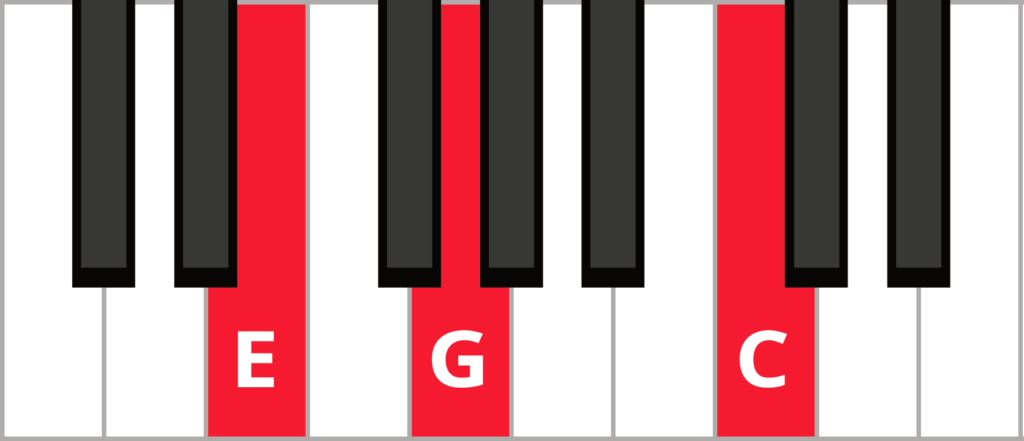
2nd Inversion
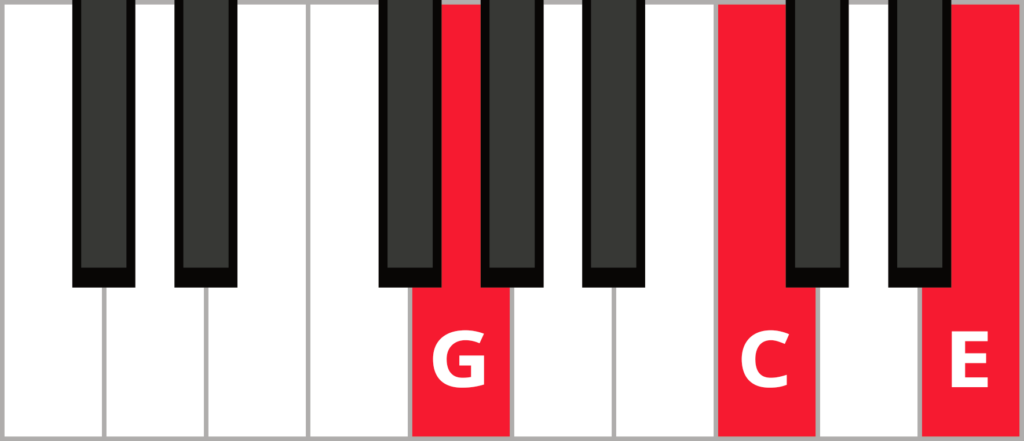
Root
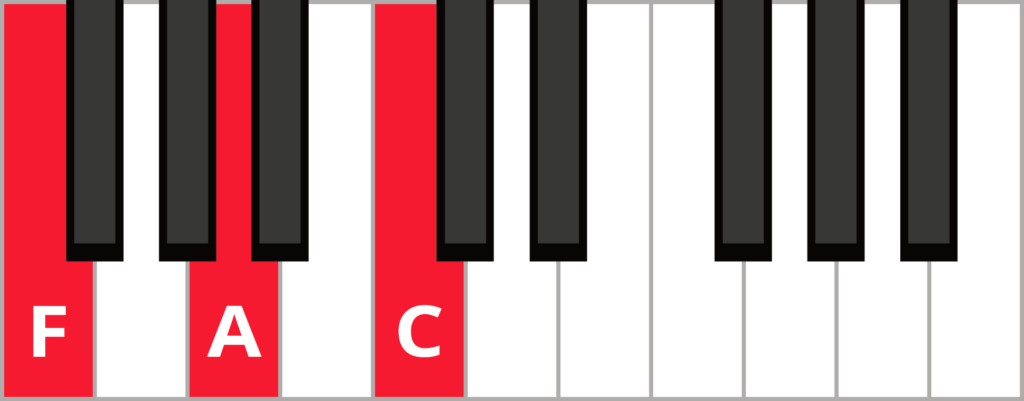
1st Inversion
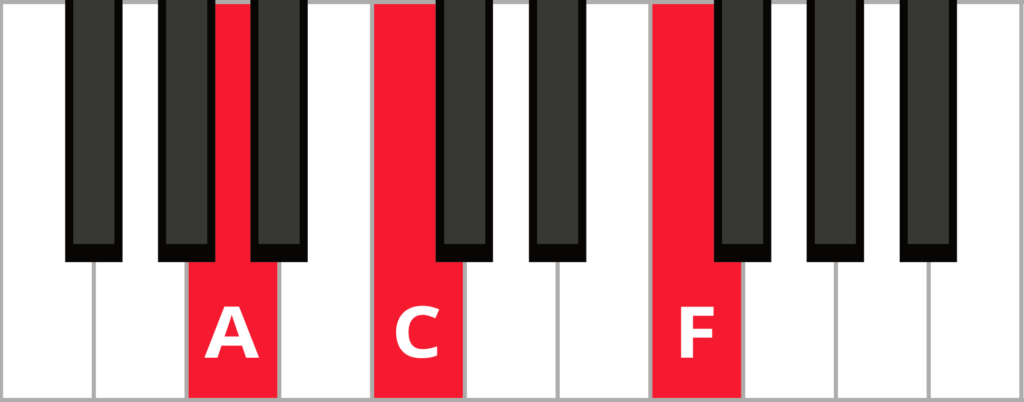
2nd Inversion
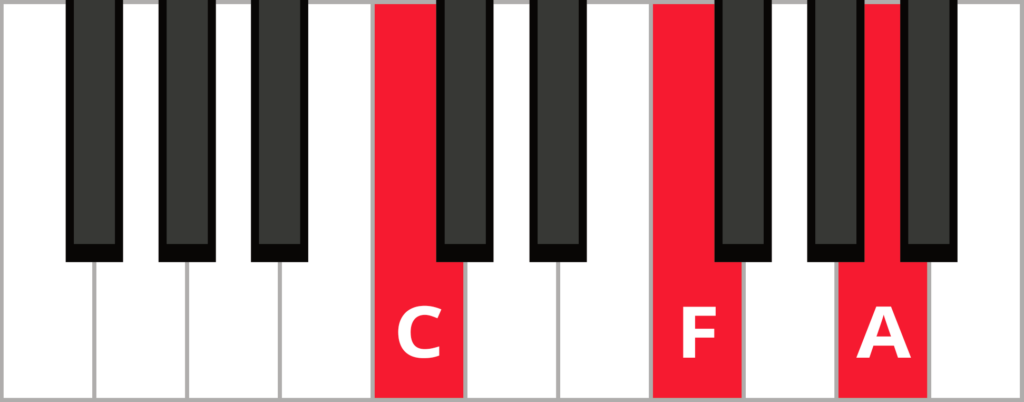
You’ll see that in our exercise, we’re playing inversions of chords but omitting a middle note. Customizing the order of notes in a chord and omitting or adding notes is called voicing a chord.
Inversions are useful because they help us transition from chord to chord in a smoother, easier way. For example, here’s me transitioning from the root position of a C major triad to the root position of an F major triad:
And here’s me transitioning from the root position of a C major triad to the second inversion of an F major triad:
See how the movement is much smaller and easier in the second animation? Neat, huh!
Inversions also spice things up. By mixing up the order of notes in a chord, we retain the quality and function of the chord (C major 1st inversion still sounds like C major) but the sound is somewhat different. Which keeps things interesting!
In this exercise, when we omit the middle note of our chord stacks, we end up playing sixths. A sixth is one of the most beautiful intervals out there. It just harmonizes so well!
We hope this lesson inspires you to play some inversions! If you want to learn more, here are some more in-depth lessons on chord theory and chording:
The best way to learn piano is with real teachers, but not everyone has the time and money for a private instructor. At Pianote, you can get real feedback from real experts…all from the comfort of your own home. Explore our Method and community yourself with a free 7-day trial.
TRY PIANOTE FOR 7 DAYSLisa Witt has been teaching piano for more than 20 years and in that time has helped hundreds of students learn to play the songs they love. Lisa received classical piano training through the Royal Conservatory of Music, but she has since embraced popular music and playing by ear in order to accompany herself and others. Learn more about Lisa.
/marketing/pianote/promos/april/banner-bg-m.webp)
We use cookies for traffic data and advertising. Cookie Policy »
/marketing/pianote/promos/april/banner-title.webp)